You might think the ocean depths are silent, but nothing could be further from the truth. Hidden beneath the waves lies one of nature’s most sophisticated communication networks, where gentle giants conduct conversations across thousands of miles using soundwaves that travel faster than light through air. Scientists are only now beginning to crack the code of whale acoustics, revealing a world where sound becomes both language and vision.
This underwater realm operates on principles that challenge everything we thought we knew about animal communication. Let’s dive into the fascinating secrets of how whales have mastered the acoustic properties of our planet’s largest habitat.
The Ocean: Nature’s Ultimate Sound Studio

Water serves as an extraordinary acoustic medium where natural sounds can be heard for thousands of miles, but where light travels only a few hundred feet at best. You’ve probably noticed how muffled everything sounds when you’re underwater in a swimming pool. Yet for whales, the ocean represents the perfect concert hall.
Sound travels roughly four times faster in water than in air, creating an environment where acoustic signals maintain their clarity over vast distances. The acoustical habitat of the ocean has evolved to be every bit as complex as our terrestrial visual habitat, perhaps even more so, because animals have been evolving and adapting to sound perception in the ocean far longer.
The Great Divide: Two Completely Different Sound Systems
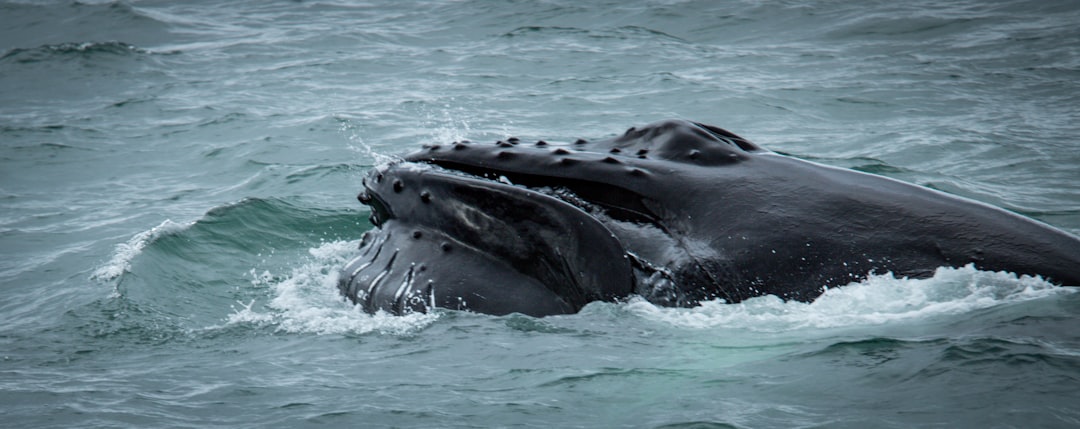
Not all whales communicate the same way. The two suborders of cetaceans, the Odontoceti (toothed whales, including dolphins) and the Mysticeti (baleen whales, including the largest whales such as the blue whale), have developed entirely separate acoustic technologies.
Baleen whales do not use echolocation. These larger whales, like humpbacks and blue whales, have baleen plates instead of teeth, which they use to filter small organisms for food. Instead of echolocation clicks, baleen whales are known for producing low-frequency sounds, often referred to as “songs,” used for communication over long distances.
Toothed Whales: Nature’s Living Sonar Systems

Echolocation is a biosonar system used by toothed whales for navigation, hunting, and communication in dark, underwater environments. Think of it like having superpowers that let you see with sound. The precision of this bio-sonar is remarkable, allowing dolphins to detect a golf ball-sized object from approximately 100 meters away and even perceive objects behind solid barriers.
Whales generate high-frequency clicks using specialized phonic lips and focus these sounds into a directional beam with a fatty organ called the melon. Echoes reflected from objects are primarily received through the whale’s lower jaw, which conducts sound efficiently to the inner ear. The whale’s highly developed brain processes minute differences in echo time, intensity, and frequency to construct a detailed acoustic image of its surroundings.
The Powerhouse of Sperm Whale Acoustics
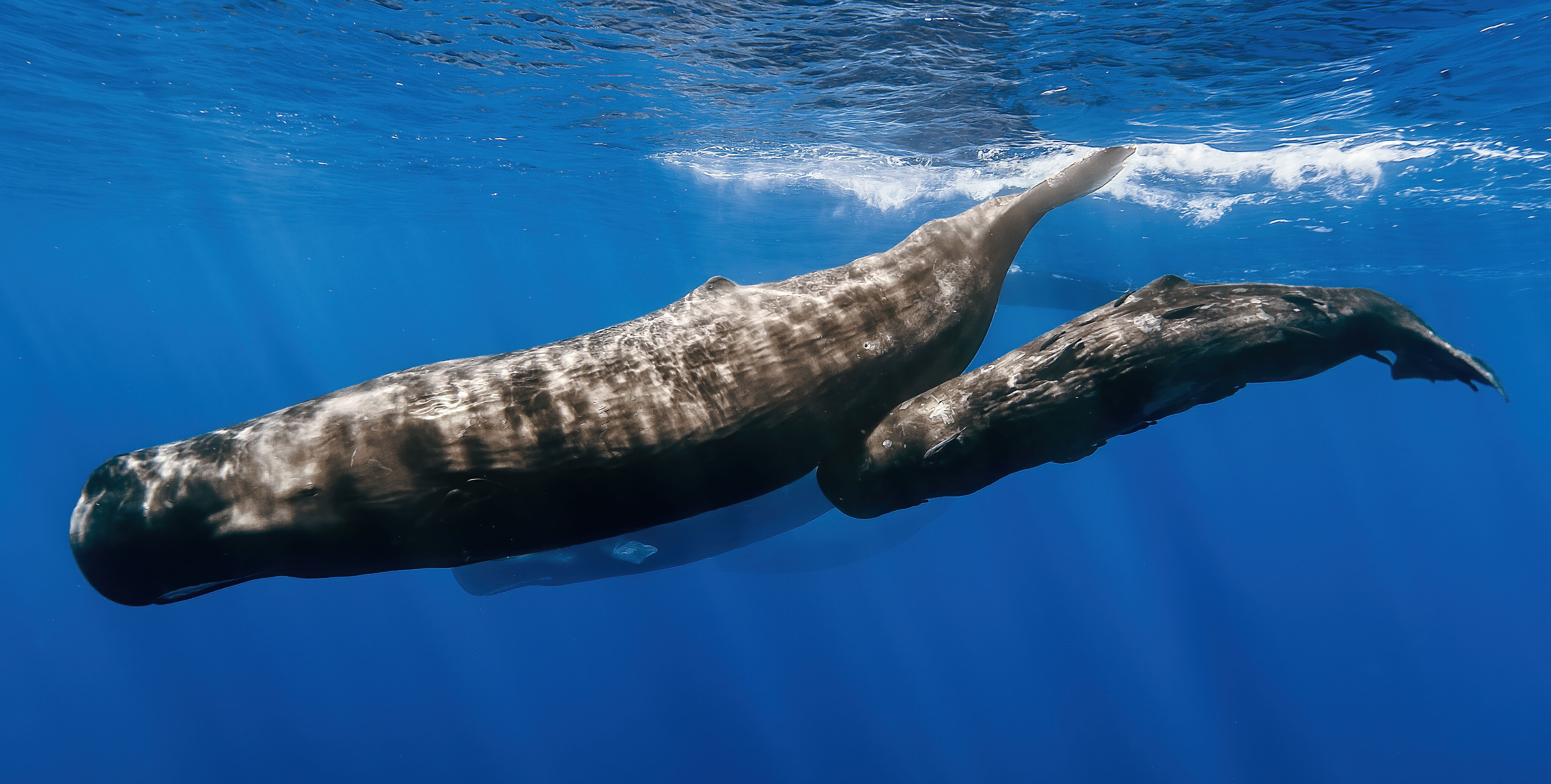
If you want to understand extreme acoustic engineering, look no further than sperm whales. They produce unidirectional clicks of 235 dB re 1 μPa, which is comparable to the sound of a powerful air rifle at a distance of 0.5 m. It’s the most powerful sound in the animal kingdom. To put this in perspective, that’s louder than a jet engine.
Recordings have yielded over 6000 echo streams from organisms detected up to 144 m ahead of the whale, supporting a long-range prey detection function of the sperm whale biosonar. Furthermore, owing to the hearing directionality and likely better hearing sensitivity of the whale compared to the tag, the detection range of the whale is likely 2–3 times larger, in keeping with theoretical estimates of some 300 m prey detection range for sperm whales.
Baleen Whale Songs: The Ocean’s Greatest Mysteries

The frequency of baleen whale sounds ranges from 10 Hz to 31 kHz, but most of their communication happens at incredibly low frequencies. Baleen whale calls are typically low frequency (less than 5 kHz), with blue whales and fin whales producing the lowest frequency calls ranging from about 10 – 100 Hz.
Humpback vocalizations, including the complex and wide-ranging “whale song” performed by males, typically have an audio frequency between 80 and 4,000 hertz (Hz). But newly described pulse sounds have been found to have a significantly lower frequency of around 40 Hz. These sounds exist near the very bottom of what humans can hear.
The Science Behind Long-Distance Communication
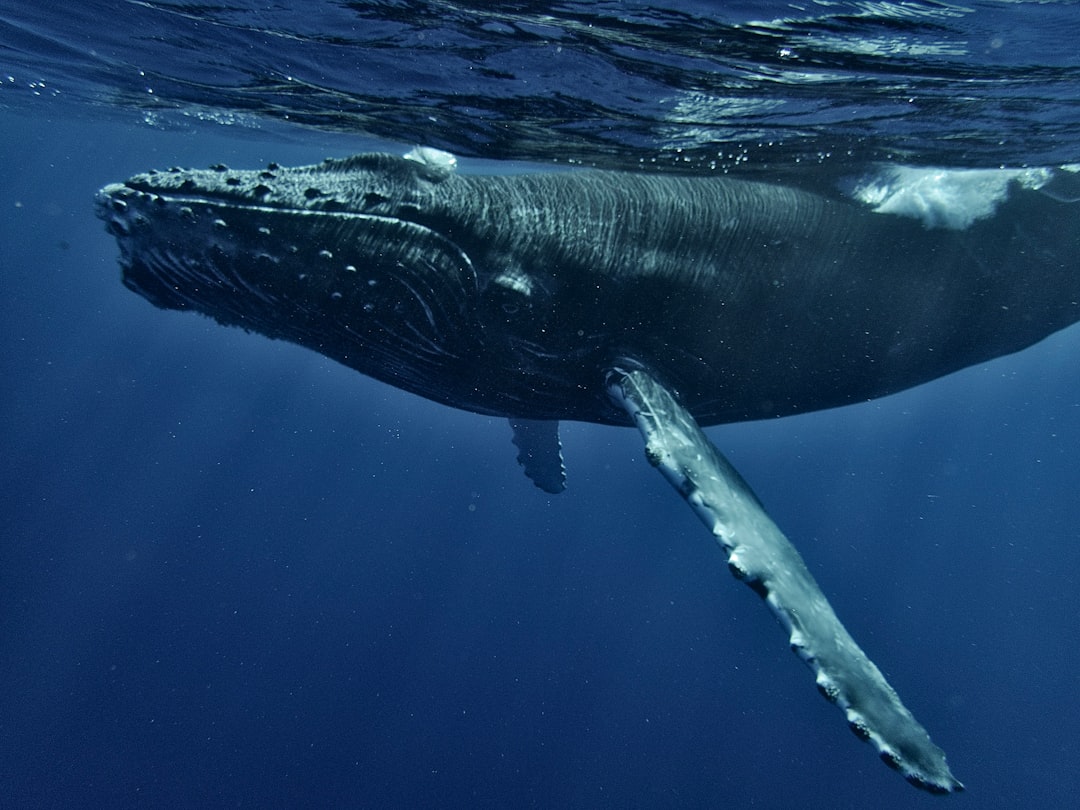
Research using military data showed that whale noises travel for thousands of kilometres. Imagine being able to have a conversation with someone on the other side of your continent. That’s exactly what blue whales accomplish with their powerful vocalizations.
Fin whale vocalizations are among the strongest animal calls in the ocean. They can travel up to 1600 kilometers and reach 189 decibels, as loud as the noises produced by large ships. The physics behind this incredible range lies in how low-frequency sounds behave underwater compared to higher frequencies.
Revolutionary Recording Technologies Unveil Hidden Worlds

James Crutchfield has deployed an advanced prototype underwater microphone to record humpback whale songs and social calls for the first time in three dimensions. The detailed recordings are revealing new nuances to humpback whale behavior and providing scientists with a new way to monitor whale populations. The hydroambiphone records the entire spatial field so that you can zoom in, zoom out, pan left and pan right.
This breakthrough technology works like having a three-dimensional movie theater for sound. The device’s 3D recording of the sound field further revealed the world beneath the waves to the researchers. We were regularly surprised at the number of animals around us. Another general observation was the sheer diversity of humpback social calls and the regularity of apparent acoustic communication.
When Whale Songs Become Scientific Tools
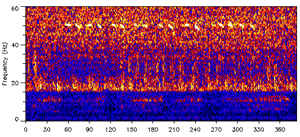
Scientists have discovered an unexpected bonus from studying whale vocalizations. They’ve found a new use for the vocalizations: creating an “ultrasound” of the ocean floor. The strategy could help reveal details about Earth’s crust and earthquakes without disturbing sensitive marine life.
By looking at whale song echoes, scientists could assess how compact and thick different layers of Earth’s crust were as deep as 3 kilometers underneath the ocean floor. The findings are similar to previous studies made in the same region using air guns to analyze the oceanic crust. Nature has provided researchers with free geological survey tools swimming around the ocean.
The Disturbing Impact of Human Noise
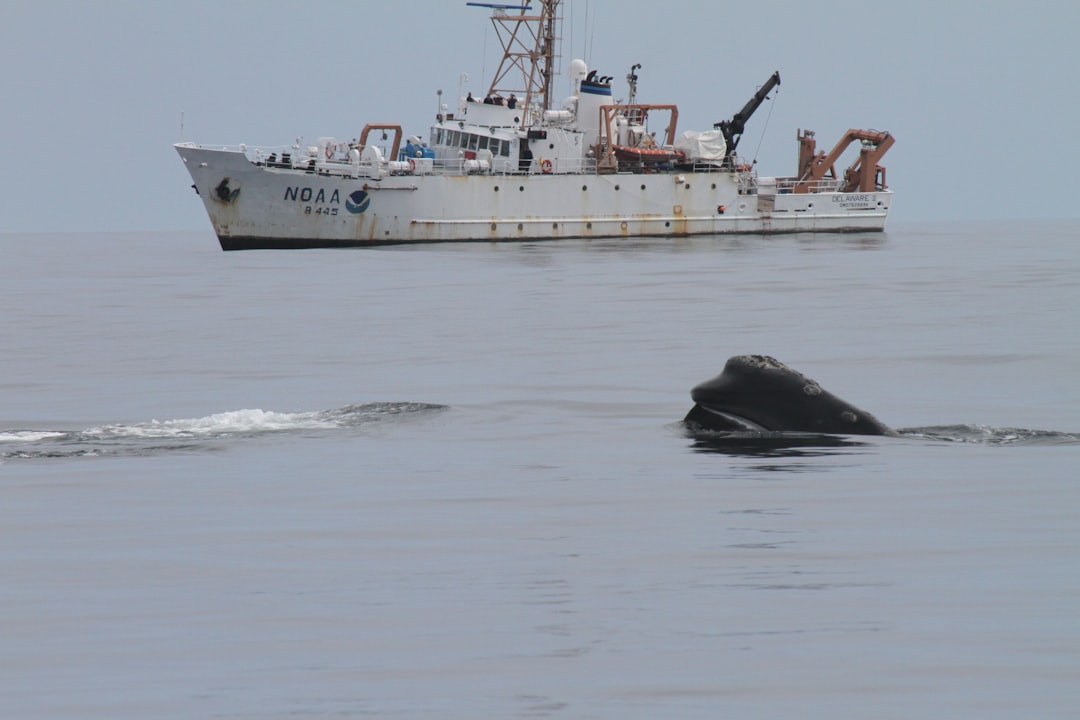
Low frequency makes whales’ vocalizations extremely vulnerable to human noise pollution like shipping traffic. These laryngeal structures set insurmountable physiological limits to the frequency range and depth of their vocalizations, preventing them from escaping anthropogenic vessel noise and communicating at great depths, thereby greatly reducing their active communication range.
Sophisticated computer models show how shipping noise and other human activity impacts baleen whale migration. As the beleaguered animals cope with a smaller communication space, they also struggle to pick up external sound cues and avoid unpleasant noises. The end result is that they cannot migrate as easily as they did before all of the human noise interference. Comparing pristine and current soundscapes, researchers observe navigation impairment that ranges from mild (increased journey time) to extreme (failed navigation).
The Mystery of Changing Whale Songs Over Time
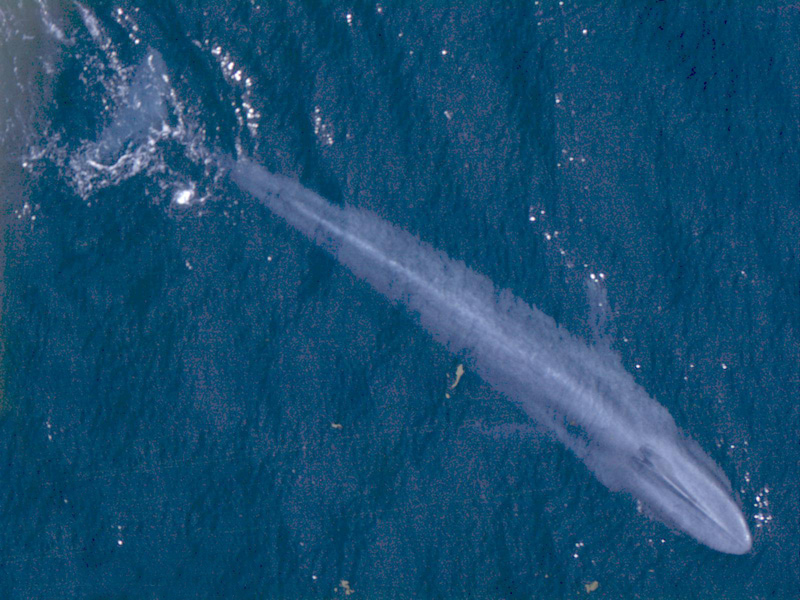
Researchers found that blue whale song has been deepening in its tonal frequency since the 1960s. The frequency of blue whale songs has been steadily declining since the 1960s, and this trend has been noted across multiple populations, though at different rates.
In 1963, the North Pacific blue whale song had a mean frequency at the third harmonic of 65.7 Hz, whereas in 2008, the frequency at the third harmonic was measured to be 45.5 Hz. Moreover, the fundamental frequency of the song shifted from 21.9 Hz in 1963 to 15.2 Hz in 2008. This is a 31% decrease in fundamental frequency. Scientists are still puzzling over why this dramatic shift continues to occur.
Conclusion: The Ocean’s Hidden Symphony
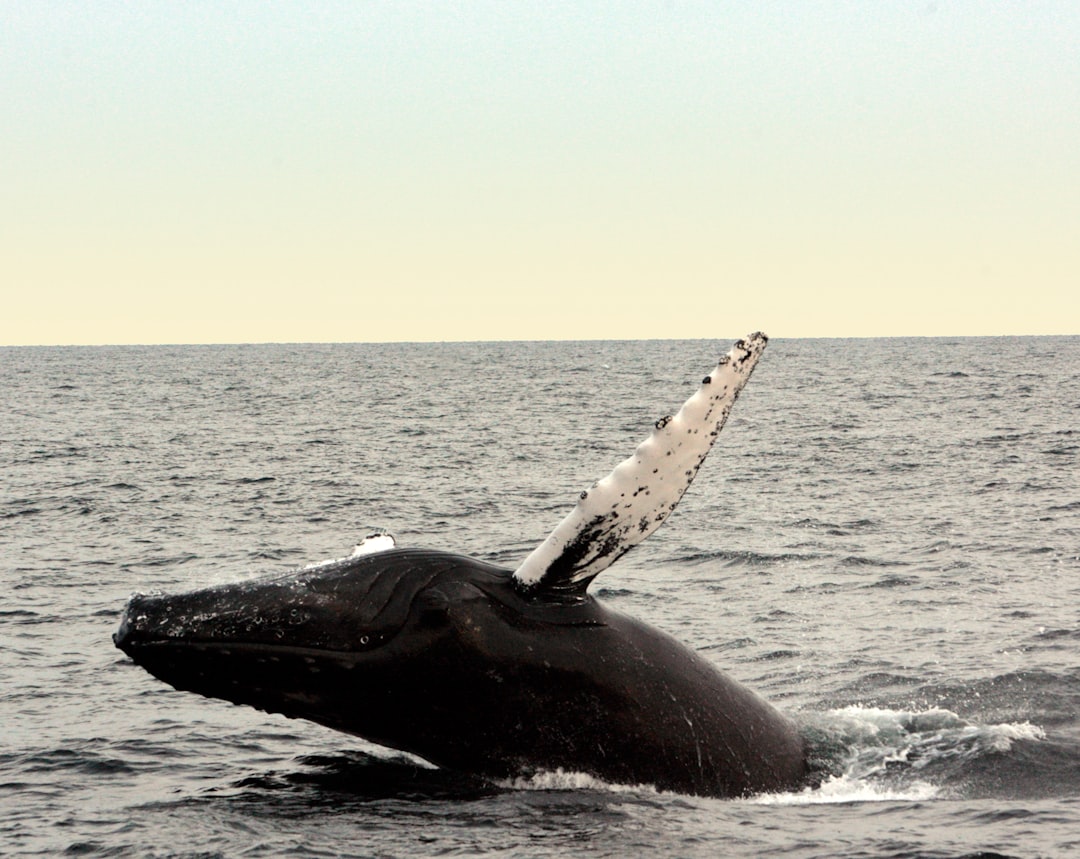
The secret science of whale songs reveals an underwater world that operates on acoustic principles we’re only beginning to understand. From sperm whales using the most powerful biological sonar on Earth to blue whales maintaining conversations across entire ocean basins, these marine giants have mastered the art of acoustic communication in ways that surpass our human comprehension.
Yet this ancient communication network faces unprecedented threats from human noise pollution, forcing these remarkable creatures to adapt or fall silent. As we continue to uncover the mysteries of ocean acoustics, one thing becomes clear: the sea is anything but silent, and protecting these acoustic habitats may be crucial for the survival of Earth’s most magnificent marine inhabitants. What other secrets do you think these whale songs might be hiding in the depths?




